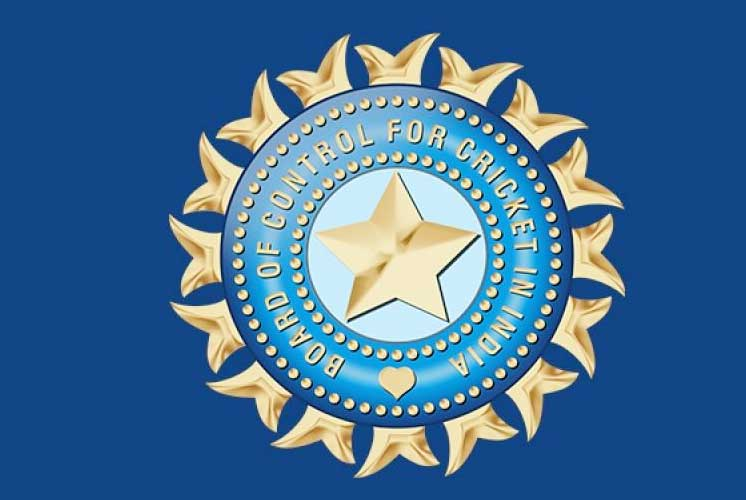Origin of the BCCI
The Board of Control for Cricket in India (BCCI) is the governing body for cricket in India. It was established on December 4, 1928, as a society, registered under the Tamil Nadu Societies Registration Act by a group of players at Delhi’s Roshanara Club in order to end the monopoly of Britishers over cricket and thus started a new legacy for the Indian Cricket.
When the BCCI first started, it only had around six regional bodies as its first members. However, it has been growing rapidly since then and when we see it today, the body has 30 full-time members, and has a worth amount of Rs 3,308 Crores, becoming India’s richest sporting body.
History of the BCCI
It all began in 1911 when an ‘All- India’ team witnessed the first-ever tour of England. The team featured the best Cricketers of the time and was sponsored and captained by the Maharaja of Patiala and from then a wave of Indian Cricketers started spreading rapidly. By then, not only cricket was played all over the subcontinent by locals. But, it had gained immense popularity amongst people of all age groups. It was only in 1926 when two representatives of Calcutta Cricket Club travelled to attend the meetings of the then Imperial Cricket Conference which is now the International Cricket Council. Resulting in MCC’s decision to send a cricket team to India led by Arthur Gilligan.
Gilligan too was impressed to see the popularity of the game in the sub-continent and hence promised to press for India’s inclusion in ICC. After that consensus was reached amongst the members of the regions to create a single controlling body and hence, a board for control of cricket in India came into being in December 1927, with Grant Govan as its president and Anthony De Mello as its secretary. Five months later, India was accepted as a full-time member by ICC.
Structure of the BCCI
BCCI doesn’t follow a strict structure like the rest of the sports bodies in the world. It doesn’t even follow the laws set up under corporate governance. It was only after 2006 that BCCI got its own headquarters at the Wankhede Stadium, Mumbai, before that the board used to function from the house of whosoever was President at the time. The current President of BCCI is Sourav Ganguly. He is the former Indian skipper who is holding the office even after his term ended in 2019.
Role of the BCCI
BCCI is a combination of representatives from all the state boards. These representatives then choose their president at the BCCI’s Annual General Meeting by vouching for their most preferred candidate. The selected candidate is then responsible for everything related to cricket, be it National or International.
From the sponsors to deciding the team would play where and with whom and in which format, everything then is decided by the Board. Nothing related to cricket happens without the permission of BCCI. BCCI organizes most of the domestic cricket competitions. A sneak peek at the competitions organized by BCCI is as follows:
| Men’s Domestic Cricket | Women’s Domestic Cricket |
|
|
|
|
|
|
|
|
|
|
|
– |
|
– |
|
– |
|
– |
How BCCI finances itself?
Even though BCCI is the richest sporting body in India. Even in the world, the board doesn’t depend on the Indian Government at all for its finances like most of the other boards in the world.
BCCI earns its revenue mainly through the sponsorships, selling of rights to TV, Internet, Radio, and Apps for coverage of live matches such as IPL, national team sponsors, series sponsor. It also collects a part of ticket revenue from international fixtures, prize money that the Indian team obtains in tours and fixtures.
Not only this, but BCCI also earns a handsome amount from three of its “official partners” – Dream11, Pepsi, and Ambuja Cement. On November 16, 2020, MPL Sports, an arm of an online gaming platform was announced as the official kit sponsor and merchandise partner of the BCCI. According to, The Hindu, BCCI will earn Rs. 65 lakh per match and an annual royalty of Rs. 8 Crore from the same.
For the whooping sponsorship that BCCI gets, we may give the wholesome credit to the Indian Players as when the IPL match-fixing case reached courts in 2013, BCCI got in a complete panic. It was because of the outstanding players that BCCI could gain back the trust of sponsors.
Reforms for the BCCI
With the surge of cricket in India and BCCI’s monopoly over the game in the country. It has rather been charged with corruption allegations many a time. To look into this matter, the Supreme Court of India nominated a four members committee of Administration to look after the administration of BCCI on 30 January 2017.
“On 9 August 2019, the BCCI agreed to adhere to the anti-doping mechanisms governed by the National Anti – Doping Agency.”
Future of the BCCI
Due to the 2020 Coronavirus pandemic, everything has been hit very hard and cricket too has suffered from this deadly situation. Due to the postponement of the cricket tournaments and the limited audience in the stadium, a huge loss has been incurred to the BCCI. It still has managed to keep the job of most of its employees; it is believed that some cost-cutting measures would be taken by the board. The age group tournaments have been worst hit by the pandemic.
However, due to the success of the Indian Premier League (IPL), BCCI has managed to float through the pandemic. Cricket runs in the veins of Indians and hence, financially there might be some stumbling because of the pandemic. But, once the situation gets normal, BCCI would be back to where it was.



